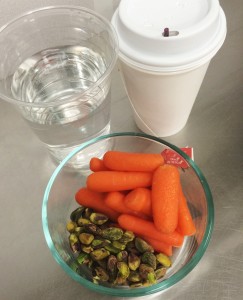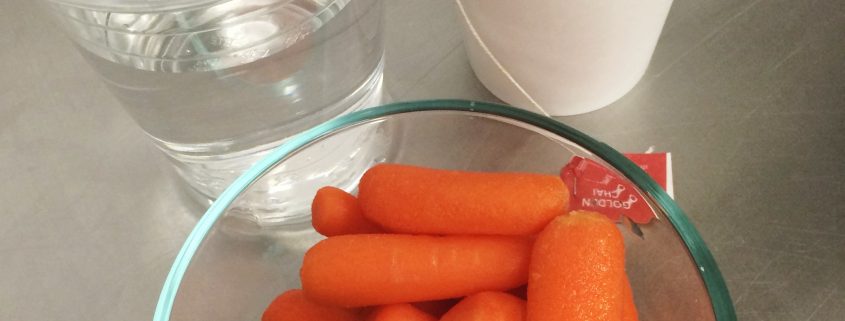5 Tips for Smart Snacking
 Since 1989, February has been considered National Snack Food Month as declared by the Snack Food Association and the National Potato Promotion Board. While this was initiated as a promotional tool to increase consumer consumption of snack foods during a month with low sales, it is no doubt that 26 years later, snacking is popular nation-wide.
Since 1989, February has been considered National Snack Food Month as declared by the Snack Food Association and the National Potato Promotion Board. While this was initiated as a promotional tool to increase consumer consumption of snack foods during a month with low sales, it is no doubt that 26 years later, snacking is popular nation-wide.
These days, there is no shortage of snacking in the United States. Many people munch on a snack to satisfy hunger between meals but also to satisfy cravings. As the division between snacks and meal time become blurred, it is becoming increasingly common that meals are getting skipped altogether. Aside from the social benefits of sitting down to eat a meal with friends or family, increased snacking tends to coincide with less balance of what is being consumed.
Snacking between meals may seem harmless, however a small bite can quickly become enough to make you feel too stuffed for a proper balanced meal. Importantly, foods marketed as snack foods are typically processed foods laden with excess calories, fat and sodium.
Fortunately, the art of mindful snacking does not have to become a thing of the past. Making healthier snack choices simply requires some thought and preparation. Keep these tips in mind to make it easier to grab a smart snack.
1. Stay hydrated. Thirst is commonly confused for hunger. Drinking water throughout the day will not only make you feel less likely to reach for soft drinks and café drinks which are filled with calories, but it will also ensure you are well hydrated.
2. Keep healthy snacks on hand. Convenience is a leading factor in food choices. You will feel more inclined to grab a bag of chips from the vending machine or a handful of cookies from the cabinet if that’s what is available at the moment. Preparing washed fruits and vegetables will make them more desirable. A small lunch box can easily store cut up fruit with yogurt or vegetables with hummus for when you are out all day.
3. Avoid replacing meals with snacks. Snacking before mealtime can really deter you from sitting down for a well-balanced meal. If you feel the need to eat between meals, keep portions small. Eating too large a snack may end up feeling like more of a meal.
4. Choose from the 5 main food groups. When planning your snack, choose from fresh fruit, fresh vegetables, low-fat or fat-free dairy, whole grains, and lean protein such as salt-free nuts. Try choosing from more than one food group for a satisfying snack. Avoid foods high in added sugar, salt, and fat.
5. Read food labels. When you do reach for a prepackaged snack, be sure to read the label carefully. Snack food companies have picked up on consumer interest in health, thus have created products with claims such as “low fat” or “sugar free.” These products are often highly processed and may contain other undesirable ingredients as substitutes.
Your turn to take action: Make your own plan to healthy snacking by buying less prepackaged snacks and filling your kitchen with snacks you prepare from whole ingredients.


Leave a Reply
Want to join the discussion?Feel free to contribute!